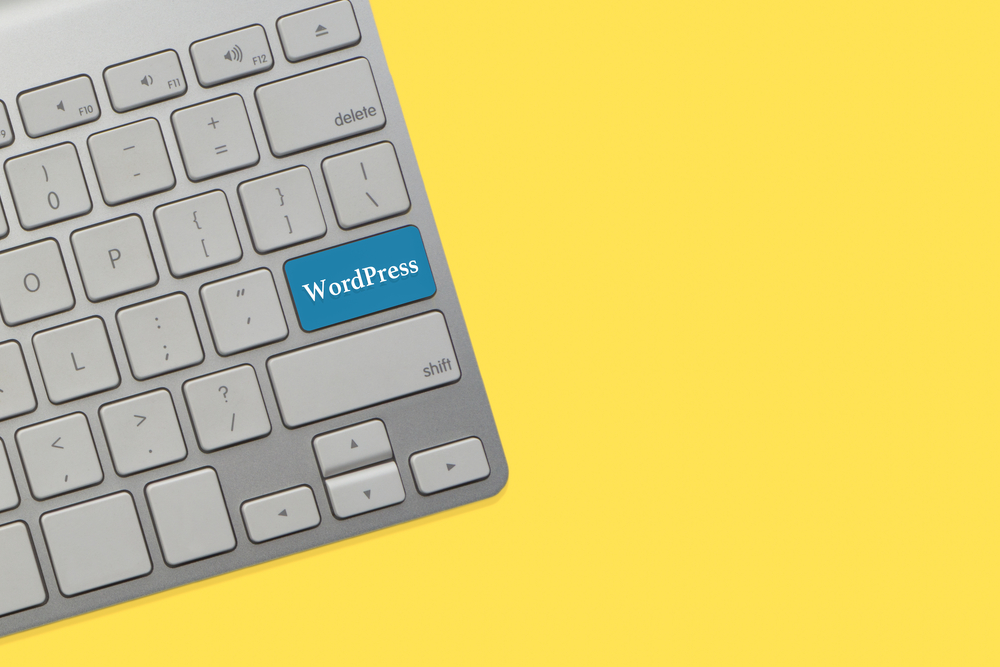
With the rise of digital marketing, blogging has become an essential tool for businesses and individuals looking to connect with their audience. Blogs allow for a more personal and engaging way to share information, stories, and updates. However, with so many weblog website out there, it can be challenging to stand out and create content that truly resonates with readers. In this article, we will discuss some tips for creating engaging and effective blog content that will help you unlock the power of blogging.
Know Your Audience
Before you start writing your blog posts, it’s important to have a clear understanding of who your target audience is. What are their interests, pain points, and preferences? By knowing your audience, you can tailor your content to resonate with them and provide value. Conducting audience research and creating buyer personas can help you gain insights into who your readers are and what they are looking for.
Write Compelling Headlines
The headline is the first thing that readers see when browsing through blog site , so it’s crucial to make it compelling and attention-grabbing. A catchy headline can entice readers to click on your blog post and continue reading. Try to incorporate keywords and be clear and concise about what the blog post is about.
Create High-Quality Content
When it comes to blogging, quality is key. Make sure your blog posts are well-researched, well-written, and provide value to your readers. Avoid fluff and focus on delivering valuable insights, practical tips, or entertaining stories. Quality content not only keeps readers engaged but also helps boost your search engine rankings.
Use Visuals
Visual content such as images, infographics, and videos can help make your blog posts more engaging and shareable. Visuals break up the text and make the content more digestible for readers. Be sure to use high-quality visuals that are relevant to your blog post and help illustrate your points.
Include a Call to Action
Every blog post should have a clear call to action (CTA) that guides readers on what to do next. Whether it’s subscribing to your blog, downloading a free resource, or contacting blog you for more information, a CTA helps drive engagement and conversions. Make sure your CTA is clear, concise, and relevant to the blog post.
Promote Your Blog
Creating great content is only half the battle. To reach a wider audience and attract more readers to your blog, you need to promote your content effectively. Share your blog posts on social media, email newsletters, and other marketing channels to drive traffic to your blog. Engage with your audience, respond to comments, and participate in online communities to grow your blog’s reach.
Optimize for SEO
Search engine optimization (SEO) is essential for driving organic traffic to your blog. By optimizing your blog posts for relevant keywords, meta descriptions, and tags, you can improve your blog’s visibility on search engines like Google. Use tools like Google Analytics to track your blog’s performance and identify opportunities for improvement.
Engage with Your Audience
Building a community around your blog can help foster engagement and loyalty among your readers. Encourage comments, ask for feedback, and respond to your audience’s questions and concerns. By engaging with your audience, you can build relationships, establish trust, and create a loyal following for your blog.
Experiment and Iterate
As you continue blogging, don’t be afraid to experiment with different formats, topics, and styles. Pay attention to your blog’s analytics to see which posts perform well and which ones fall flat. Use this data to iterate and improve your content strategy over time. By staying flexible and open to change, you can continually improve and grow your blog.
Frequently Asked Questions
1. How often should I blog?
The frequency of your blog posts will depend on your goals, resources, weblog site and audience. Some blog website post daily, while others may only post once a week. It’s essential to find a posting schedule that works for you and allows you to consistently create high-quality content.
2. How long should my blog posts be?
There is no one-size-fits-all answer to this question. Some blog posts are short and to the point, while others may be longer and more in-depth. The key is to focus on providing value to your readers and addressing their needs. Aim for quality over quantity when it comes to blog post length.
3. Should I use guest bloggers on my site?
Guest bloggers can bring fresh perspectives and new ideas to your blog, but it’s essential to vet them carefully and ensure their content aligns with your brand and values. Collaborating with guest bloggers can help diversify your content and attract new readers to your blog.
4. How can I monetize my blog?
There are several ways to monetize your blog, such as affiliate marketing, sponsored content, and selling digital products or services. It’s essential to choose monetization strategies that align with your audience and provide value. Be transparent with your readers about any sponsored content or affiliate links.
5. How can I measure the success of my blog?
Success metrics for a blog can vary depending on your goals. You can track key performance indicators (KPIs) such as website traffic, engagement metrics, conversion rates, and social shares to measure the effectiveness of your blog. Use analytics tools like Google Analytics to monitor your blog’s performance and make data-driven decisions.
Other useful resources